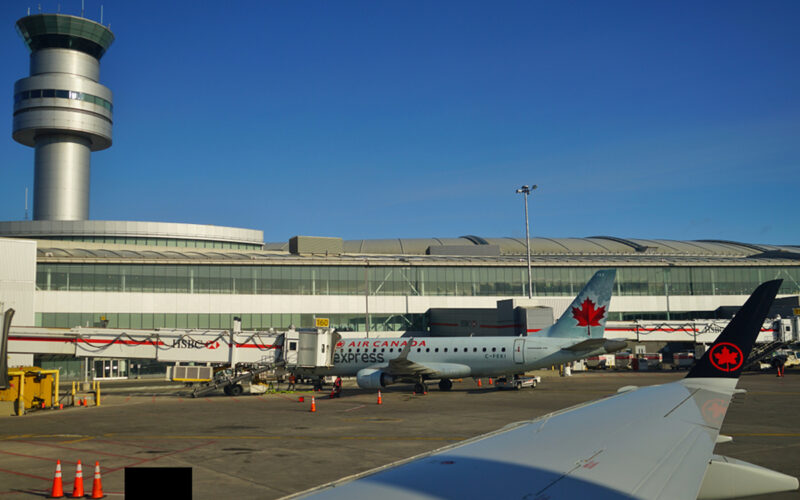With air traffic continuing to soar in the post-pandemic era, airlines worldwide have embarked on recruiting the thousands of pilots needed to operate the multitude of new aircraft set to enter service during the coming years.
However, recruiting and training pilots is just one part of a complicated jigsaw puzzle that will see these new aircraft take to the skies safely and on time in the future. Without qualified and competent air traffic controllers on the ground, managing the increasingly crowded skies, and keeping aircraft apart, safety could be compromised with a resulting potential for catastrophe and the loss of life, both in the air and on the ground.
Air traffic controllers worldwide are largely unsung heroes of aviation, working behind the scenes to keep the whole system moving and keep planes in the air. Yet, as with many sectors in the aviation industry, it has become increasingly difficult for air traffic service providers to recruit and train the number of air traffic controllers that will be needed to keep the skies safe in the future.
Highlighting this point, examples of air traffic control staff shortages impacting Air Navigation Service Providers (ANSPs) globally are easy to find. In May 2024, the Federal Aviation Administration (FAA) in the US revealed that it had a shortfall of around 3,000 air traffic control staff across its system at that time. Meanwhile, in September 2024, London-Gatwick Airport (LGW) saw around 100 flight cancellations over one weekend alone due to staff shortages in the airport’s control tower.
One such service provider, NAV CANADA, has the responsibility for managing air traffic control services across Canada and is the second-largest ANSP worldwide. Now it has teamed up with the global aviation training organization CAE to provide training services for 500 new air traffic controllers to be recruited by NAV CANADA by 2028 – around 150 per year. The move marks a significant departure for the ATC sector and ANSPs, which have traditionally trained their controllers in-house.
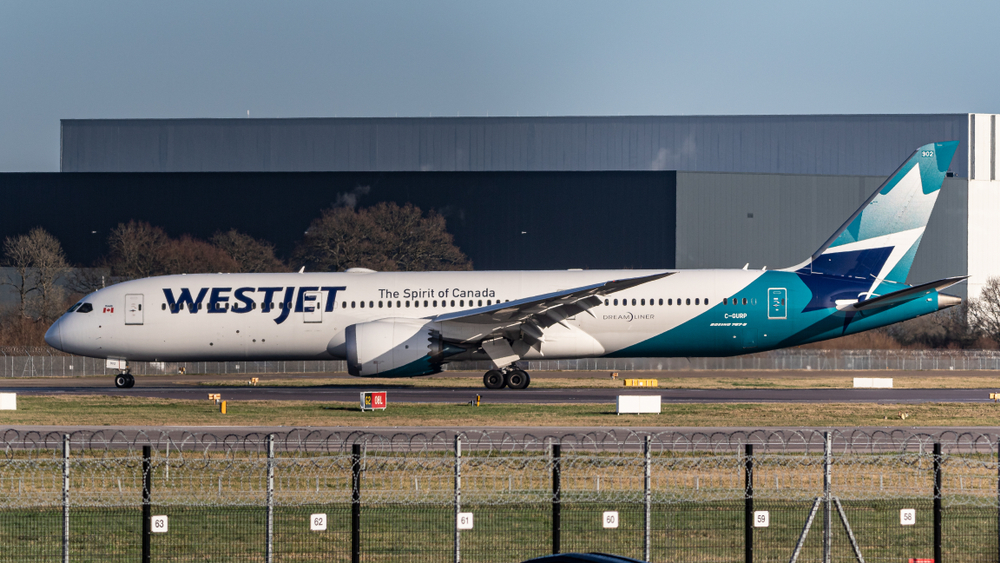
Founded in 1996, NAV CANADA operates as a not-for-profit private company providing air traffic control services, aeronautical information, and weather briefings for an area that covers around seven million square miles (18 million square kilometers) of civil airspace, as well as the North Atlantic oceanic airspace that falls under Canada’s control.
The organization maintains a network of area control centers and airport-based control towers, as well as flight service stations, flight information centers, and other ground-based navigation aids across Canada.
At the Farnborough Air Show in July 2024, AeroTime sat down with Marie-Christine Cloutier, CAE’s Vice President of Civil Strategy, Performance, and Marketing to find out more about the company’s partnership with NAV CANADA, how the CAE training program will work, and how graduates from the course will be readied to control the skies above Canada from Day One in their new jobs.

Background to the partnership
Cloutier started by explaining the background of the agreement and the aims of the program: “In 2023, CAE published an aviation talent forecast that predicted a need for 1.3 million aviation professionals by 2030. The forecast initially focused on pilots, maintenance technicians, and cabin crew. Yet widescale industry feedback following the report’s publication had also highlighted significant gaps in the provision of air traffic controller training.”
She continued: “With ANSPs worldwide in a race to recruit controllers both domestically as well as internationally, there is a growing need for specialist training providers to step in and assist with training programs, to equip recruits with the skills and training they will need once they become fully qualified Air Traffic Control Officers (ATCOs) or Flight Safety Specialists (FSSs). It was that shortage in skilled ATC staff that led us to identify a gap in the market and provide specialist ATC training.”
CAE first announced its commercial agreement with NAV CANADA in April 2024. “The new strategic agreement is aimed at increasing training capacity for crucial air traffic services professionals across Canada,” Cloutier said. “A lot of NAV CANADA staff were laid off during the pandemic, but this has now led to a shortfall in qualified air traffic controllers that is being felt by the whole Canadian aviation industry. Under the terms of the agreement, CAE instructors will deliver Ab Initio training for FSSs and ATCOs using NAV CANADA’s approved training curriculum and courseware. The first classes will begin in October 2024 at a new purpose-built Air Traffic Services Training Centre on CAE’s campus in Montreal.”
She added: “Our new agreement with NAV CANADA leverages the expertise of both parties to innovate and address future air traffic management requirements across Canada. As the world’s largest aviation training provider, CAE is well-positioned to work alongside NAV CANADA to develop a proficient ATC workforce and ensure the safety and efficiency of Canada’s air traffic system.”

At the time the agreement was announced in April 2024, Raymond G. Bohn, President and CEO of NAV CANADA declared: “With this partnership, and through the overall modernization of our training programs, NAV CANADA will deliver long-term benefits to Canada by preparing for continued growth in demand for air travel, building resilience to respond to emerging customer needs, and supporting the fluidity of the country’s supply chains while accelerating access to high-paying jobs that support the Canadian economy.”
Meanwhile, Marc Parent, CAE’s President and CEO, said: “With CAE’s extensive background in advanced training delivery and modern learning sciences, our partnership with NAV CANADA is a natural extension of our business and core mission to make the world a safer place. Moreover, as the leading civil aviation training provider worldwide, CAE understands the importance of effective workforce development and the challenges posed by the increased demand for highly skilled people throughout the aviation sector.”
How will the training be delivered?
According to Cloutier, responsibility for the recruitment of new ATCO trainees remains solely with NAV CANADA, with CAE stepping in once recruits are ready to begin their training. “When students enter our facility, they are already NAV CANADA employees, although most will have no prior ATC experience,” she said.
Under this agreement, NAV CANADA will continue to handle later-stage ATC training in-house, which lasts around a year and includes compulsory specialty courses at its area control centers as well as subsequent on-the-job training. However, all those students qualifying through CAE will encounter the same curriculum, level of standards, and threshold testing as students trained at NAV CANADA.
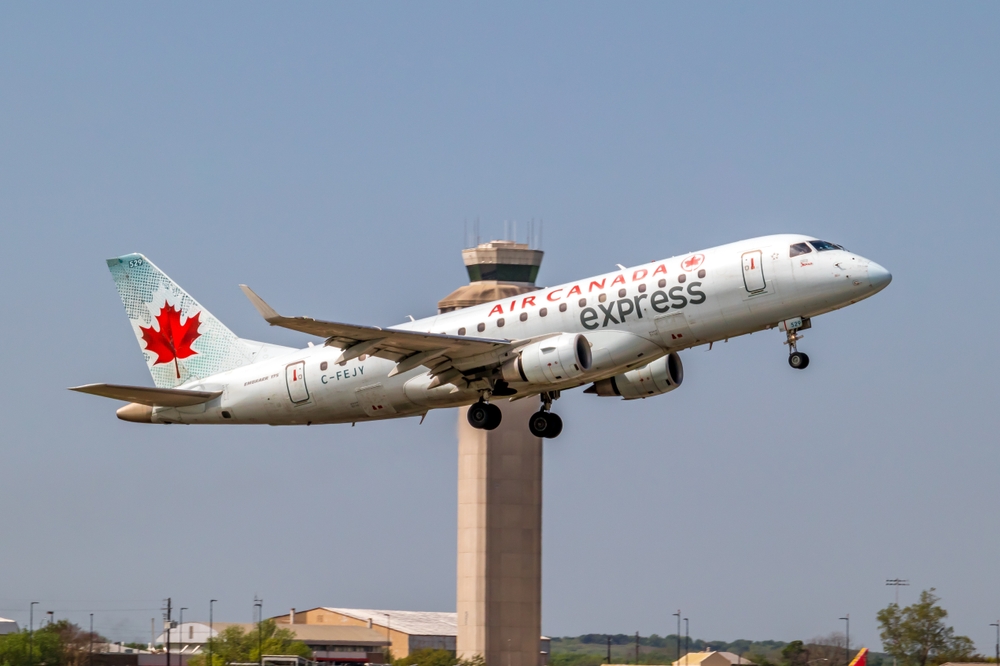
To accommodate the new training program, CAE has developed a new Air Traffic Services Training Centre in Montreal which over 500 trainees will pass through, before taking up positions as ATCOs or FSSs with NAV CANADA upon the completion of their course. The new facility has been developed from a renovated section of its Business Aircraft Training Center at its campus in Montreal to accommodate the new program. According to Cloutier, Transport Canada audited the facility before it opened and was satisfied with the quality of the training services being provided.
The facility features numerous classrooms in addition to specialized simulators with computer screens offering views of up to almost 180 degrees and some specific functionality. “The screens can replicate the displays controllers will use in ATC towers when they eventually graduate,” highlighted Cloutier. “There will also be dedicated meteorology learning spaces to develop the necessary expertise in that area,” she added.
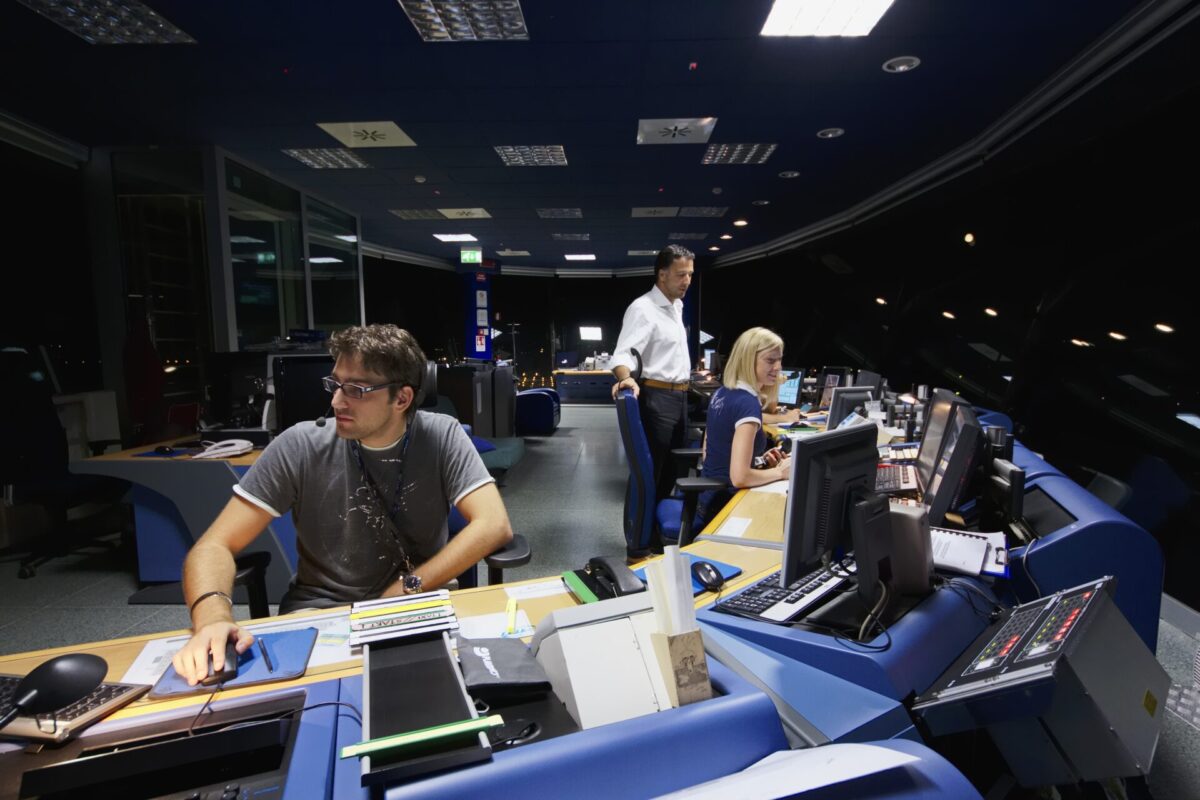
The partnership is expected to generate new career opportunities at both companies. “NAV CANADA is building a pipeline of air traffic services professionals by recruiting over 500 additional students by 2028 who will be trained by CAE,” Cloutier said. “Meanwhile, CAE has recruited 35 instructors and management staff to deliver specialist training, in line with Transport Canada’s requirements, who will also be delivering CAE’s high standard of training excellence.”
She added: “NAV CANADA has allowed us to approach former or retired ATC controllers who have agreed to come to CAE as trainers to get this program off the ground. Their experience is immeasurable in terms of what they can bring to the program and students. We have also recruited instructors from overseas.”
Cloutier explained that, under the terms of NAV CANADA, CAE will be providing both classroom and simulator sessions as part of its ATC course, which is planned to last around three to six months. Each cohort of students will include between 30 to 40 trainees, with more than one full-time course running at any given time. CAE “aims to optimize the training process while using NAV CANADA’s existing curriculum and simulator suppliers,” Cloutier said.
“We are bringing our expertise in recruiting instructors and applying our science and technology learning experience to enhance training efficacy and reduce training time,” she explained. “By enhancing our service offering, CAE has gained almost three weeks out of a three-month training period from scheduling improvements alone.”
More about CAE’s training program
According to Cloutier, the CAE-provided training will emphasize scenario-based content, using real-world and simulated examples to manage air traffic and focus on techniques relating to airspace conflict avoidance. Through the facilities provided at the CAE training center, students will also develop their skills to manage multiple aircraft flying at various altitudes and develop “critical decision-making skills”.
Given the way that CAE has formulated its ATC training program, the company is hoping to significantly improve the pass rate of those who sign up for the course, as well as decrease the drop-out rate. Traditionally this has been an issue, but it is one that CAE is seeking to address through what Cloutier describes as “the efficient scheduling of remedial training and leveraging data-driven insights using a tool we call CAERise”. She explained that this is a grading tool that generates data and analytics which helps students assess how they compare to their peers, as well as against industry standards.

As part of the recruitment drive launched in support of the new partnership with CAE, NAV CANADA has also tried to recruit significantly more females into the open positions, to address the imbalance between men and women that currently exists in the arena of air navigation services. According to a report published by Elevate Aviation, an Edmonton-based charity and advocacy group, in 2023 only 16% of employees in the ATC field were female – a figure that NAV CANADA would like to see rise significantly.
CAE eyes expansion of ATC training
As demand for air travel continues to rise sharply, there has never been a more critical need for qualified air traffic controllers on a global scale. CAE is seeing its partnership with NAV CANADA as potentially a “significant step towards addressing this industry-wide challenge.”
With the initial cohort of students beginning the first CAE-run course in October 2024, the training provider is already looking to other commercial opportunities where it might be able to increase the number of qualified air traffic control staff in the coming years. According to Cloutier, the company’s global footprint and established reputation in the aviation training sector puts it in a good position to help address air traffic controller shortages elsewhere worldwide. CAE, she said, “can offer partnerships that take various forms, from courseware modernization to managing entire training operations”.
“NAV CANADA is a worldwide leader in their space, and so is CAE,” claimed Cloutier, “We are the world’s largest aviation training provider, and our focus is primarily to successfully deliver on our partnership with NAV CANADA. But we also have a new markets group that will be exploring opportunities worldwide as well, providing training for ATC students, but also for other instructors as well.”
“We are familiar with the various regulatory bodies from our pilot and maintenance training programs and this experience will help us develop air traffic controller training globally,” she added.
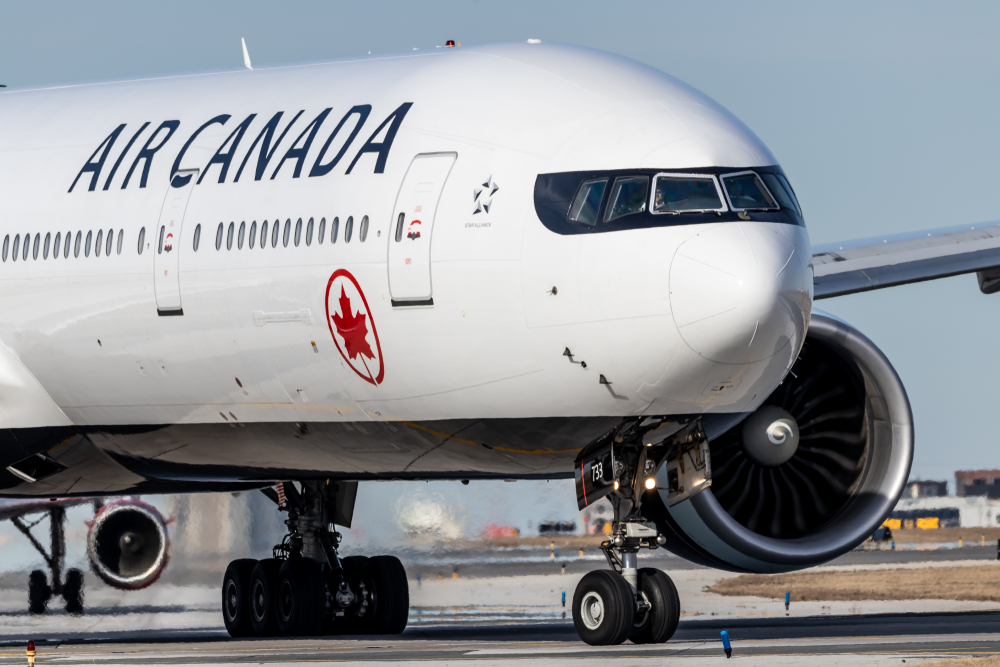
With the first cohort of ATC students already beginning their training with CAE, there will be many individuals and organizations across the globe that will be watching with interest. With ATC training having historically been handled by ANSPs in-house, the CAE/NAV CANADA partnership is etching something of a blueprint that could change how such training is delivered in the future. This in turn could be the key that addresses how chronic shortages of ATC staff might be avoided going forward.
Equally, regulators will be keen to see how Transport Canada monitors and audits the ongoing CAE training program, as this is likely to assist in the formation of regulations and policies that could see such third-party training programs rolled out elsewhere in the future.
Meanwhile, for Cloutier, CAE’s first foray into providing training for the air traffic controllers of the future marks “a significant expansion of the organization’s training capability portfolio” which the company hopes will “potentially lead to new avenues for growth in the aviation training sector”.
Conclusion
With numerous global forecasts indicating that demand for air travel is set to continue rising exponentially in the coming years, the role of air traffic controllers will become ever more important to ensure the safety of passengers on the thousands of flights departing every day.
Indeed, as the density of air traffic continues to rise in the future, so will the key skills required to keep airplanes apart in limited airspace become increasingly complex. While technology will undoubtedly be developed to assist in this role, the job of managing air traffic safely and efficiently is likely to remain the domain of humans, who will themselves be reliant on high-quality training as well as real-world experience.
As such, it will be interesting to watch as CAE embarks on this new venture with NAV CANADA. If successful, the program could unlock the future of air traffic control training globally, reducing the flight delays and cancellations that have plagued the aviation industry in recent years, and making flight a safer and more efficient mode of transport for all concerned.

